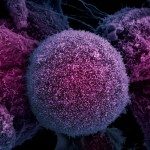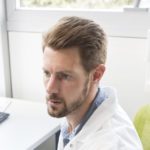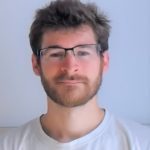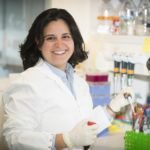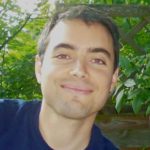Link to Pubmed [PMID] – 35830812
Link to DOI – 10.1016/j.celrep.2022.111074
Cell Rep 2022 Jul; 40(2): 111074
Cellular senescence is an irreversible growth arrest with a dynamic secretome, termed the senescence-associated secretory phenotype (SASP). Senescence is a cell-intrinsic barrier for reprogramming, whereas the SASP facilitates cell fate conversion in non-senescent cells. However, the mechanisms by which reprogramming-induced senescence regulates cell plasticity are not well understood. Here, we investigate how the heterogeneity of paracrine senescence impacts reprogramming. We show that senescence promotes in vitro reprogramming in a stress-dependent manner. Unbiased proteomics identifies a catalog of SASP factors involved in the cell fate conversion. Amphiregulin (AREG), frequently secreted by senescent cells, promotes in vitro reprogramming by accelerating proliferation and the mesenchymal-epithelial transition via EGFR signaling. AREG treatment diminishes the negative effect of donor age on reprogramming. Finally, AREG enhances in vivo reprogramming in skeletal muscle. Hence, various SASP factors can facilitate cellular plasticity to promote reprogramming and tissue repair.
